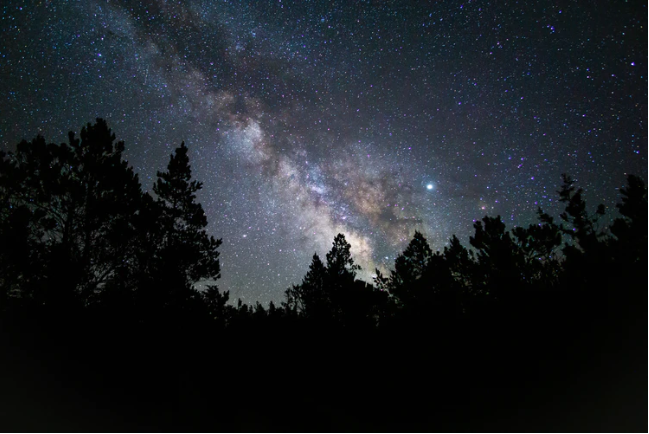Despite the issue of Coronavirus in the world, a little space sighting is expected to lighten up the Earth starting on Wednesday, Mar. 18. Close conjunction of three planets such as Mars, Jupiter, and Saturn will be seen before sunrise on Wednesday, and they will be joining with the Moon! Are you ready for a little space tour?
Heads up! See Mars, Jupiter, and Saturn dance with the Moon this week!

According to a report in The Guardian, Mar. 18 would be the best day to go out, look at the skies, and use your telescopes to see the awesome and beautiful conjunction of planets Mars, Jupiter, and Saturn. These awesome dancing planets will also be joined with the Moon that will be part of their solar system party.
As explained, Mars, Jupiter, and Saturn will all rise in the south-east area and expected to be shining an hour before the sun rises on Wednesday. It was said to all rising at 05:15 GMT. Unexpectedly, the three planets will also be joining with the Moon that will illuminate 32% of its near-side.
Space website also explained this grand space event to be one of the most spectacular space sightings that humans can see through your telescope or even on naked eyes.
"About two hours before sunrise, it will be below Mars, with the planet standing off its upper cusp and Jupiter above and to the left. Slowly, the Moon will move past Mars and toward Jupiter, but the rising sun will brighten the sky and cause Jupiter to disappear before the Moon can pass it," written by Space.
Grab your telescopes on Mar. 20 and Mar. 31 too!

Similarly, Mar. 18 would not be the only best day to get your old telescopes in the attic but also on days and weeks after it since on Friday, Mar. 20 and Mar. 31 would also highlight the deeper conjunctions of the planets with each other.
On Friday, Mars and Jupiter would both share one celestial longitude since Mars will pass 0.7 degrees to the lower right of the much brighter Jupiter. While on Mar. 31, the time for Mars and Saturn to closely interact with each other would also be happening-- which is more beautiful once happened since Mars and Saturn have striking colors that contrast each other.
If you wish to see these major space events caught on your telescopes, In The Sky organization has a tip for you!
"The pair will be a little too widely separated to fit comfortably within the field of view of a telescope, but will be visible to the naked eye or through a pair of binoculars," explained the website.
More Planet sightings soon!
Aside from these schedules, there are still several space events that you could probably pin on your calendar just in case you want to take a look at the skies.
2020 is a big year for planet sightings. On Mar.24, Venus is expected to make its 'greatest elongation'-- meaning that it would be positioned in the highest area in the night sky. Contrary to that, is what Jupiter will be experiencing on July 14, which will be the date wherein the planet will have the brightest shine in the night sky.
ALSO READ: Heads Up! NASA Reveals Space Rock as Huge as Mt. Everest Will Pass on Earth in April!
ⓒ 2025 TECHTIMES.com All rights reserved. Do not reproduce without permission.




